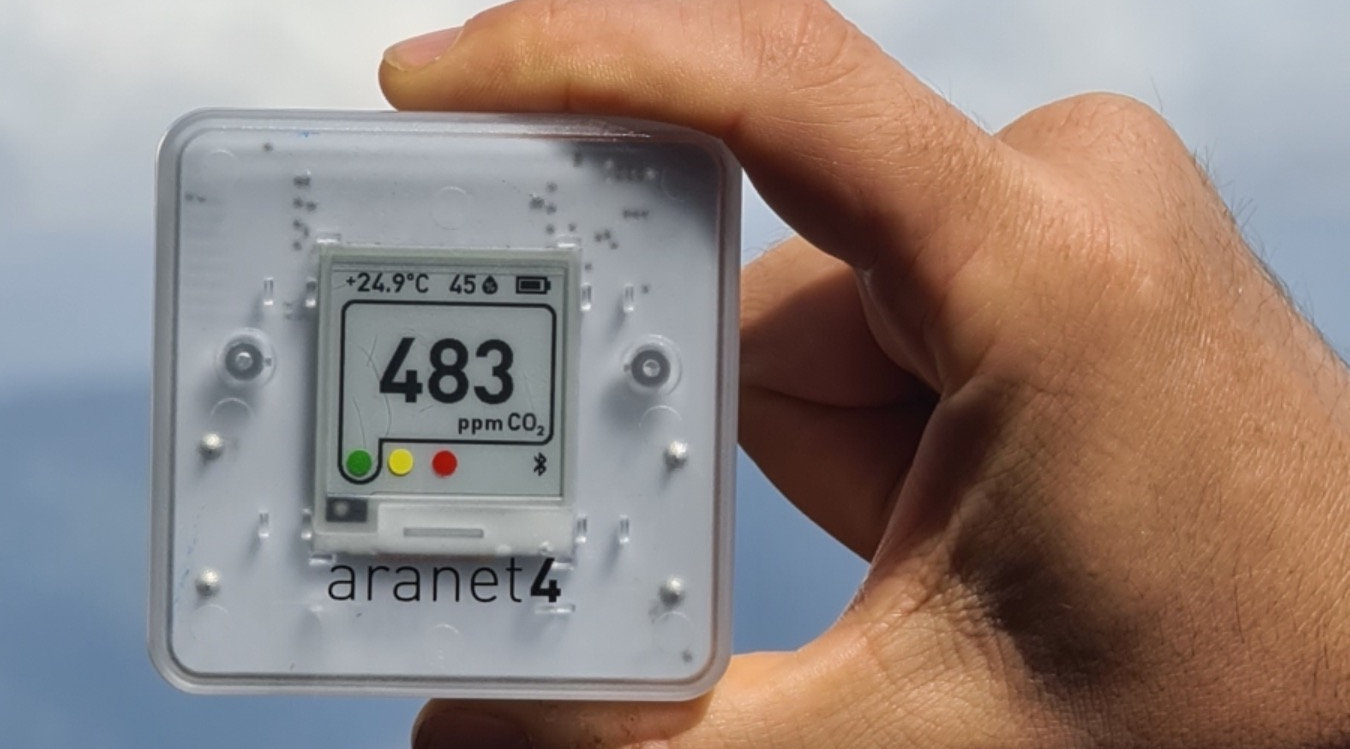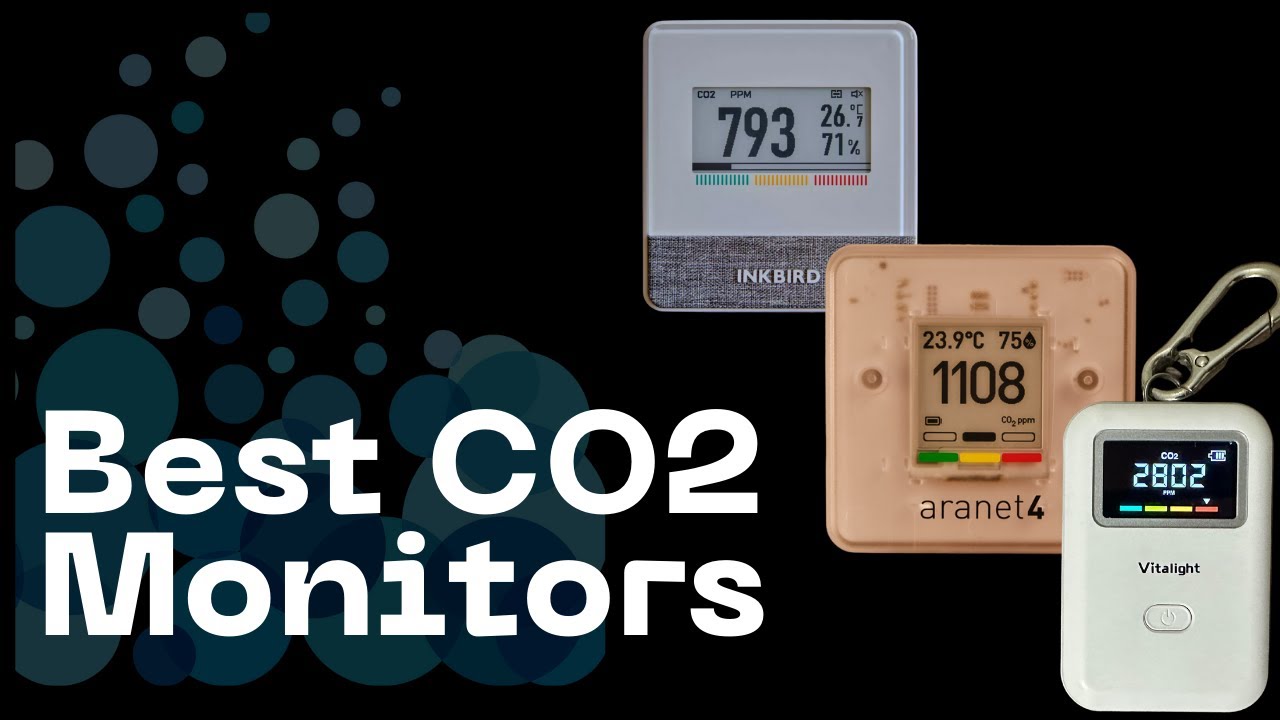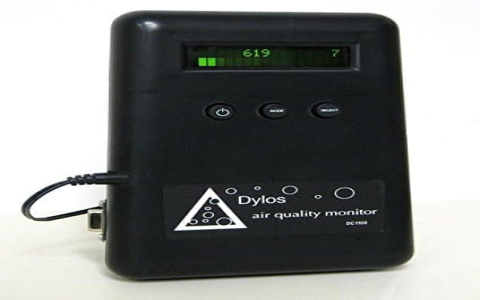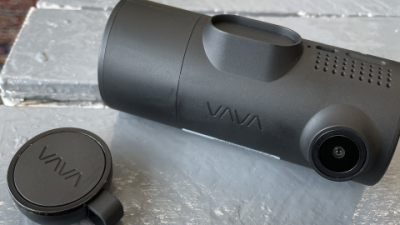If you’ve ever woken up groggy, struggled to focus in a stuffy meeting room, or felt uneasy in a hot classroom, chances are CO2—the silent, invisible culprit—could be to blame. With air quality in our lives pushed to center stage, the humble CO2 monitor is rapidly becoming a household (and office) essential. Today, we’re delivering no-nonsense insights, practical advice, and personal stories so you can find the best CO2 monitor for your needs. Breathe easy; you’re in the right place!
Why You Need a CO2 Monitor: Not Just for Clean Freaks
- CO2 is a reliable indicator of indoor air quality and ventilation.
- High indoor CO2 means a buildup of exhaled breath, often signaling greater risk for viral transmission, headaches, and poor focus.
- Modern work-from-home, crowded classrooms, home gyms, and even the kitchen can cause CO2 to creep higher than you’d imagine.
Quick fact: Outdoor “fresh” air CO2 levels are about 400ppm. Even a closed room with a few people can reach 1,500ppm or more in under an hour. At 2,000ppm and up, your brain may start to check out before your Zoom meeting does.
How CO2 Monitors Work (and What Matters Most)
- NDIR Sensors: The gold standard for accurate CO2 detection, using infrared light absorption specific to CO2 molecules.
- Display: Clear, readable screens (some use e-ink, LCD, or color-coded traffic lights).
- Real-time Alerts: Audible alarms, app notifications, or lighting cues when CO2 climbs too high.
- Extras: Temperature, humidity, VOC/PM2. tracking, historical data logging, and app integration.
| Product | Sensor | CO2 Range | Key Features | Best For | Price (approx.) |
|---|---|---|---|---|---|
| Aranet4 | NDIR | 400–9,999ppm | App sync, e-ink display, battery, portable | Home, classrooms, travel | $290 |
| Qingping Air Monitor | NDIR | 400–5,000ppm | Replaceable sensor, Wi-Fi, large display | Apartments, tech-savvy users | $150 |
| Prana Air Pocket | NDIR | 400–5,000ppm | Compact, rechargeable, real-time display | Travel, on-the-go, classrooms | $70–$100 |
| Airthings View Plus | NDIR (+ more) | 400–5,000ppm | Radon, VOCs, app, customizable alarms | Basement, whole home safety | $230 |
| Vitalight Mini | NDIR | 400–5,000ppm | Budget, compact, accurate | Entry-level, budget shoppers | $30–$50 |
(Prices and features are rough estimates; always check current listings.)

Real-World Reviews & Use Cases
1. Bedroom Sleep Mystery: Solved by a CO2 Monitor
Meet Sara, who always woke up foggy and tired. With an Aranet monitor by her bedside, she measured CO2 at 2,700ppm during the night in her shut bedroom. After cracking the door open and boosting ventilation, midnight CO2 stayed under 1,100ppm—and she reported far more restful sleep. “It’s like I’d been sleeping in slow motion and only just woke up,” she said.
2. Classroom Ventilation: A Teacher’s Data Upgrade
In a bustling elementary classroom, a teacher used the Prana Air Pocket CO2 Monitor. With kids in a closed room, CO2 hit over 1,800ppm before lunch. After opening windows and staggering break times, the class consistently remained under 1,200ppm. The principal was so impressed, they equipped every homeroom with a monitor.
3. Home Office Jitters: A Personal Epiphany
During marathon remote workdays, a tech consultant hit a wall at 3pm. His Qingping Air Monitor showed CO2 creeping to 1,600ppm in his home office. After setting the window fan on a timer, late-afternoon crashes all but vanished. “It’s my productivity hack I didn’t know I needed,” he laughs.
Key Models Reviewed: Features, Pros & Cons
- Aranet4: Universally praised for intuitive design, accuracy, and excellent mobile app. E-ink display is readable in daylight, app keeps a log of trends, and alerts are customizable. Downsides? It’s not cheap, but if you or your kids have allergies or you value high accuracy, it’s hard to beat.
- Prana Air Pocket: Ultra-portable with fast, rechargeable battery and vibrant display. While not as advanced as pricier competitors, it outpaces most at its price point. Perfect for checkups on the go or sending to school with your child.
- Qingping Air Monitor Gen 2: Blends into modern surroundings with a minimal, clean look. Wi-Fi/app features and replaceable sensor appeal to future-proofers. Accuracy is solid, but setup can require patience.
- Vitalight Mini CO Detector: If you’re on a strict budget, it delivers solid accuracy at a rock-bottom price. No frills, but reliable for everyday checks.
- Airthings View Plus/IQAir Monitor: For power-users and those wanting multi-pollutant tracking (radon, PM2.5, etc.). The cellpadding="5">
CO2 Level (ppm) Air Quality Action 400–600 Excellent (fresh air) No action needed 600–1,000 Good (recommended indoor) Maintain/monitor 1,000–1,500 Satisfactory Ventilate soon 1,500–2,000 Poor Increase ventilation 2,000+ Very Poor Take action now! Open windows/doors Keep CO2 below 1,000ppm for wellness and performance.
Pro Tips: Get the Most from Your CO2 Monitor
- Place in the center of the room, away from direct drafts but not pressed against a wall.
- Calibrate your monitor outdoors about once a week for optimal accuracy (especially Aranet4, etc.).
- Track trends throughout the day—CO2 spikes signal poor ventilation or crowded spaces.
- Use alarms or app triggers to remind you to air out your home, office, or classroom, especially in winter.
FAQs: What Everyone’s Wondering
Q: Is a CO2 monitor really necessary if I already have a smoke detector?
A: Yes! Smoke detectors operate on a different principle and can’t detect rising CO2 from human breath or poor ventilation.Q: How often should I calibrate a CO2 monitor?
A: Ideally, once a week outdoors for the highest precision, but many models offer auto-calibration modes.
Q: Are all CO2 monitors safe for children/schools?

A: Reputable monitors are safe when used as intended. Models like Prana Air and Aranet are commonly used in classrooms worldwide.
Q: Can CO2 monitors catch other air hazards (like VOCs, PM2.5)?
A: Some advanced monitors track more pollutants, but not all do. Check the features table above for specifics.
Q: What’s the difference between NDIR and “cheap” sensors?
A: NDIR uses an optical sensor, offering serious accuracy. Cheap sensors may “guess” CO2 by proxy (like VOC levels) and can be misleading.
Final Thoughts: The Air You Breathe is Worth It
Investing in a good CO2 monitor doesn’t just protect your health—it helps you understand your environment in real time. Whether you’re a teacher, parent, remote worker, or just interested in better sleep, a reliable CO2 monitor empowers you to make positive everyday changes.
Over to You
Have you noticed a difference in your well-being after introducing a CO2 monitor at home or work? What brands or features matter most to you? Share your experience or thoughts in the comments below!



